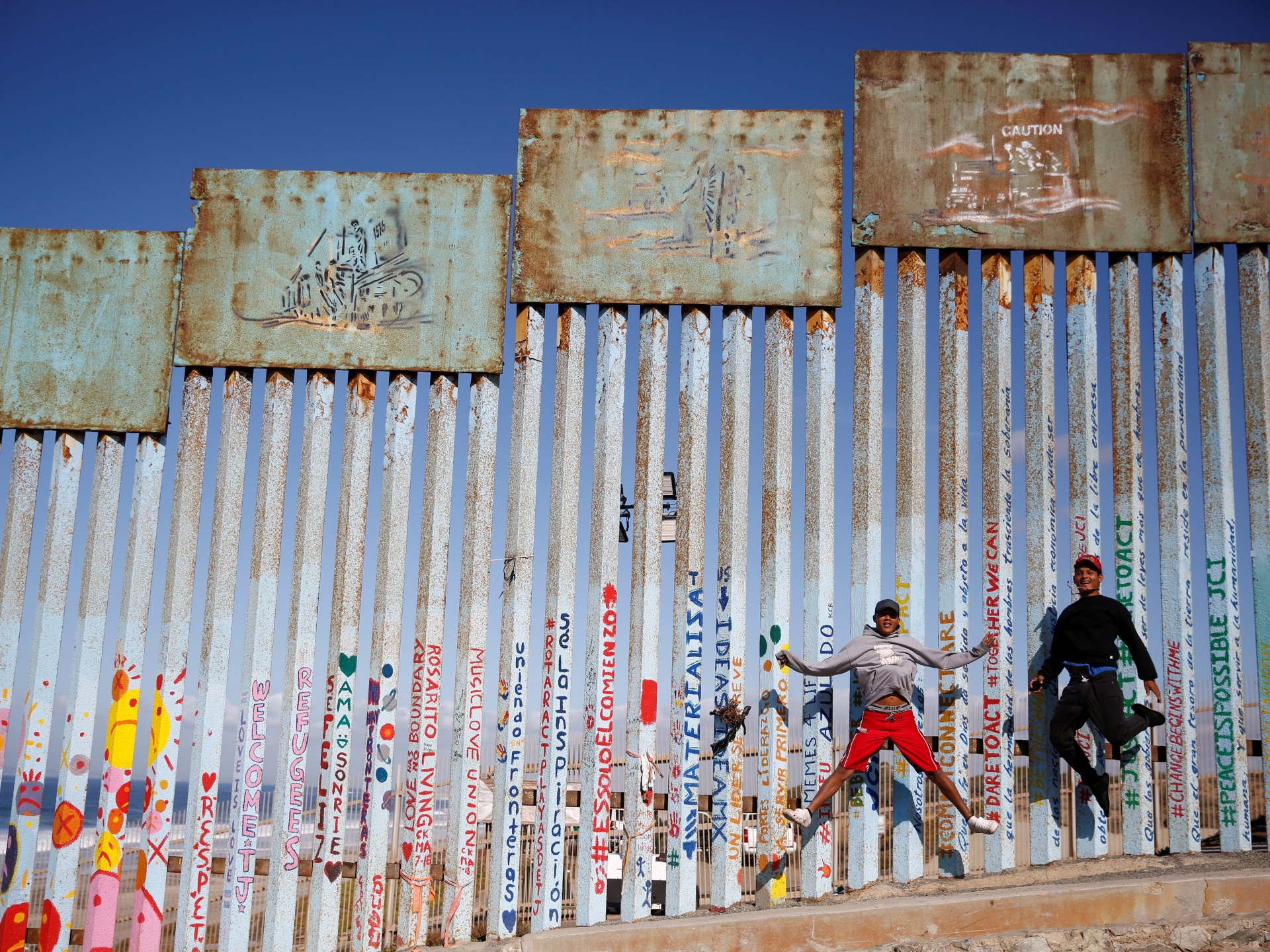The day after my father died in August in Washington, DC, I was taking out the trash in my parents’ apartment building when I was intercepted by a garrulous 60-year-old janitor from El Salvador – we’ll call him César – who in the very short time he had known my dad had reportedly clocked double-digit hours of conversation with him.
Hearing that my dad had succumbed to prostate cancer after his doctors had pushed counterproductive but highly lucrative chemotherapy treatments on him, César offered his condolences and proceeded to tell me of his own latest run-in with the US healthcare system. This transpired after he had a heart attack in the street and bystanders called the cops on him, assuming he was drunk.
He eventually ended up at the hospital, where he was presented with an $80,000 bill in exchange for the luxury of not dying. While hospitalised, he received a phone call from his employer, who informed him that he was fired for having a heart attack rather than showing up to work.
Having resided in the US for 20 years as an undocumented worker, César would just as soon return to El Salvador, he said, but his adult son still clung to the notion of “el sueno americano”, or the American dream. He shrugged with a smile of resignation and launched into an energetic recounting of another misadventure in the so-called land of the free.
Twenty years, it so happened, was the exact amount of time I had thus far spent avoiding the US, my country of birth, like the plague – for various reasons, such as the desire to not enter into eternal debt in the event of a medical emergency. Avoidance had become more difficult when my parents returned to the homeland from Barcelona in 2021 due to a coronavirus pandemic-induced lapse in judgment.
Of course, given my US passport, I had always been able to take my pick of other nations in which to pass my time – including El Salvador, an increasingly popular destination for the privileged gringo “expat” crowd but not such a safe place for the average Salvadoran thanks in large part to numerous decades of US-backed right-wing state terror.
And yet for many Salvadorans and countless other people on the receiving end of US-fuelled misery, the whole “American dream” has somehow retained its mystique in spite of the fact that the reality on the ground in the US itself is so often horrific.
For starters, a domestic landscape of poverty, homelessness, mass incarceration, mass shootings and criminally expensive healthcare, education and housing options should hardly constitute the stuff of dreams.
And for undocumented immigrants, the panorama can be even more grotesque, what with pervasive discrimination, xenophobic vitriol, and US government efforts to take children away from asylum-seeking parents and otherwise make life hell for folks who play an outsize role in sustaining the US economy.
In May, eight people were killed in the Texas city of Brownsville on the US-Mexico border when an SUV rammed into a group of primarily Venezuelan pedestrians near a shelter serving homeless people and refugees.
Shortly before this incident, a group of Venezuelan and Colombian friends of mine – whom I had met in February in Panama when they exited the vast refugee graveyard known as the Darien Gap en route to the US – crossed into El Paso, another Texas border town. They were detained by US immigration personnel who, they told me, communicated mainly via curse words.
The Venezuelans in the group were eventually flown to Arizona and dumped back into Mexico; the Colombians were released into provisional “freedom” in the US, which quickly proved to be underwhelming.
A few days into “freedom”, one of the Colombians messaged me from the El Paso sidewalk where he was sleeping to inquire about returning to Colombia, where, he said, people were at least not so petrified that they wouldn’t even speak to those in need. The US was an impossible country, my friend assessed, “especially if you’re poor”.
So much for the “American dream”.
Why, then, does the dream persist in the global imagination?
To be sure, fantasies can be necessary distractions from daily suffering – and no less in Colombia, where US-backed right-wing state terror on behalf of global capitalism killed thousands upon thousands of peasant farmers and other Colombians. In such situations, the dream of physical and economic safety can be a buoy, even if it happens to be associated with the country responsible for annihilating everyone’s dreams.
There are other reasons American dream mythology is so resilient. There is the global reach of US “culture”, ie, fast food, movies and general soulless consumerism that is nonetheless understandably appealing to the have-nots of the world.
The American dream is also well-suited to the age of social media, which anyway is all about advertising false happiness. Despite their categorically dismal circumstances in the US, my Colombian friends promptly set about crafting upbeat TikTok productions – set to reggaeton music – to publicise an imagined version of their new lives to friends back home. In one video, one of my friends sauntered down the sidewalk blissfully swinging shopping bags.
Back in 2008, then-US president George W Bush remarked: “Free market capitalism is far more than economic theory. It is the engine of social mobility, the highway to the American Dream.” To the linguistically challenged ex-president’s credit, this was all at least grammatically correct.
But the truth of the matter is that US-directed free market capitalism – and its imposition, often at gunpoint, on other countries – is what drives much migration in the first place.
Forget the “highway to the American Dream”. The only place this highway goes is a nightmare.
The views expressed in this article are the author’s own and do not necessarily reflect Al Jazeera’s editorial stance.
